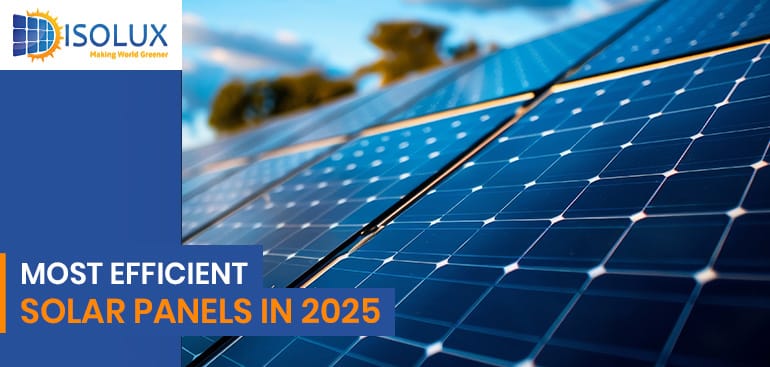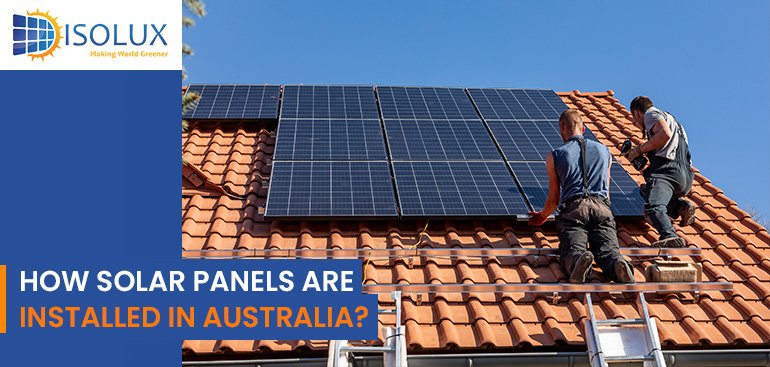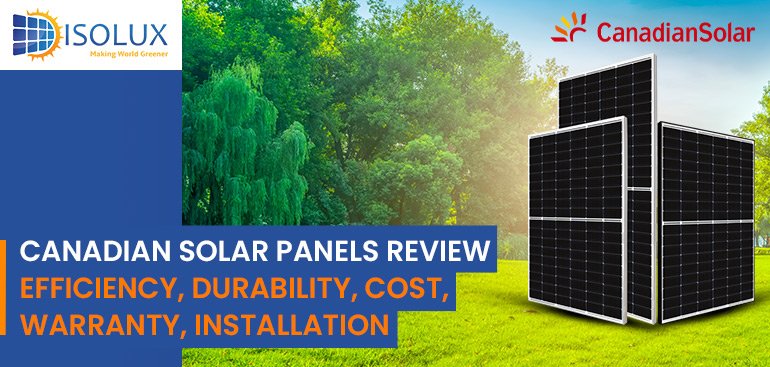Solar panel efficiency refers to the amount of sunlight (irradiance) that falls on the surface of a solar panel and is converted into electricity. Due to technological advancements, the average panel conversion efficiency has increased from around 15% to over 23% in recent years. This significant jump in efficiency has resulted in higher power ratings for standard-size panels, with some models now achieving over 440W.
Two main factors determine solar panel efficiency: the photovoltaic (PV) cell efficiency, based on the solar cell design and silicon base type, and the total panel efficiency, based on the cell layout, configuration, and panel size. Increasing the panel size can improve efficiency by creating a larger surface area to capture sunlight, with the most powerful solar panels now achieving over 700W power ratings.
Most Efficient Solar Panels in 2025
Here is a table showcasing some of the most efficient solar panels available in Sydney 2025:
| Manufacturer | Model | Power | Module Efficiency |
| Jinko | Tiger N-Type 66TR | 415 Watt | 21.74% |
| Risen | RSM40-8-390M-415M | 415 Watt | 21.6% |
| Q Cells | Q.PEAK DUO ML-G10+ | 415 Watt | 21.4% |
| Seraphim | SIV Series | 415 Watt | 20.48% |
| ZNShine | ZXM6-NH120 Series | 370 Watt | 19.21% |
| Trina | Vertex S | 435 Watt | 21.80% |
| Hyundai | HiE-S390UF | 400 Watt | 20.08% |
| JA Solar | Deep Blue 3.0 Light | 415 Watt | 20.08% |
| Sunpower | Performance 6 | 420 Watt | 21.4% |
| HT-SAAE | HT54-18X | 425 Watt | 21.7% |
| Canadian Solar | HiKu6 Mono PERC | 420 Watt | 21.5% |
| Eging PV | Star Series | 415 Watt | 21.22% |
| TW Solar | TW 415 Map | 420 Watt | 21.50% |
Cell Technologies Driving Efficiency Gains
The key to improving solar panel efficiency lies in the advancements of photovoltaic cell technologies. Here are some of the leading cell technologies that have contributed to the development of highly efficient solar panels:
Monocrystalline Silicon (mono-Si): Mono-Si cells are made from a single, continuous crystal structure, allowing for higher efficiency than traditional polycrystalline cells. Manufacturers like SunPower and Panasonic have been at the forefront of developing high-efficiency mono-Si panels.
Passivated Emitter and Rear Cell (PERC): PERC technology involves adding a dielectric passivation layer to the rear of the cell, which reduces recombination losses and improves efficiency. Many leading manufacturers, such as Jinko Solar, Trina Solar, and Canadian Solar, have adopted PERC technology in their high-efficiency panels.
Heterojunction (HJT): HJT cells combine crystalline silicon with amorphous silicon layers, creating a more efficient cell structure. Panasonic and REC are among the companies commercializing HJT technology, achieving efficiencies above 24%.
Interdigitated Back Contact (IBC): IBC cells have both positive and negative contacts on the back surface, eliminating the need for front-side metallization and reducing shading losses. SunPower’s high-efficiency X-Series panels utilize IBC technology.
Tandem or Multi-Junction Cells: These cells stack multiple semiconductor materials, each optimized for a different part of the solar spectrum, allowing for higher overall efficiency. While still in the research and development stage, tandem cells have the potential to achieve efficiencies above 30%.
Factors Affecting Solar Panel Efficiency
While cell technology is the primary driver of efficiency gains, several other factors can influence the overall performance of a solar panel:
Temperature Coefficient: Solar panels tend to lose efficiency as their operating temperature increases. Manufacturers aim to minimize this temperature coefficient to maintain high performance even in hot climates.
Anti-Reflective Coatings: Applying anti-reflective coatings to the panel surface can reduce the amount of sunlight reflected away, allowing more light to be absorbed by the cells and increasing efficiency.
Panel Design and Materials: The layout of cells, the use of conductive materials, and the overall panel construction can impact efficiency. Manufacturers continuously optimize these design elements to minimize losses and improve performance.
Tracking Systems: Solar tracking systems that follow the sun’s movement throughout the day can increase the amount of direct sunlight hitting the panels, resulting in higher energy production and improved efficiency.
Leading Manufacturers and Technologies
Several leading manufacturers have been at the forefront of developing highly efficient solar panels. Canadian Solar, Jinko Solar, Trina Solar, Huasun, Phono, and JA Solar are among the companies that feature next-generation TOPCon and HJT cells, which have significantly improved panel efficiency. Additionally, high-performance panels from SPIC and Belinus, using IBC cells, have closed the gap, while new panels featuring N-type TOPCon cells from TW Solar, Astronergy, DAS Solar, Risen, Qcells, and other established manufacturers have helped boost panel efficiency above 22%.
It’s important to note that solar panel efficiency is just one factor to consider when selecting a solar panel for your residential or commercial installation. Other factors, such as durability, warranty, temperature coefficient, and overall system design, also play crucial roles in determining the overall performance and return on investment of a solar power system.
Choosing the Right Solar Panel
When selecting a solar panel for your project, it’s essential to consider the efficiency along with the overall system design and your specific energy needs. Here are some key factors to consider:
Energy Consumption: Evaluate your household or business energy consumption to determine the appropriate system size and panel capacity required to meet your needs.
Available Roof Space: The available roof space or ground area will dictate the number of panels you can install and the total system capacity.
Shading and Orientation: Analyze the potential for shading from nearby trees, buildings, or other obstructions, as well as the optimal orientation and tilt angle for your location.
Budget: While high-efficiency panels may have a higher upfront cost, they can generate more energy over their lifetime, potentially offsetting the initial investment.
Warranties and Certifications: Look for panels with comprehensive warranties and certifications from reputable organizations, ensuring quality and long-term performance.
Local Incentives and Regulations: Research local incentives, rebates, and regulations that may impact the cost and feasibility of your solar installation.
By considering these factors alongside panel efficiency, you can make an informed decision and select the most suitable solar panel for your specific needs and location.
If you’re looking for a premier Solar Panel Installation Company in Sydney, we at Isolux Solar, install Solar panels at a $0 upfront cost. Call us today at 1300 552 452.
Conclusion
The solar industry has made remarkable strides in improving panel efficiency, with several manufacturers offering cutting-edge technologies that can convert over 22% of the sun’s energy into electricity. As the demand for renewable energy sources continues to grow, we can expect further advancements in solar panel efficiency, leading to even higher power outputs and more cost-effective solar power systems in the future.
However, it’s important to remember that panel efficiency is just one aspect of a successful solar installation. Careful system design, consideration of site-specific factors, and a holistic approach to energy management are crucial for maximizing the benefits of solar power and achieving a favorable return on investment.
By staying informed about the latest developments in solar panel technology and working with experienced professionals, homeowners and businesses can make informed decisions and harness the full potential of this clean, renewable energy source.
Read Next Blog:




